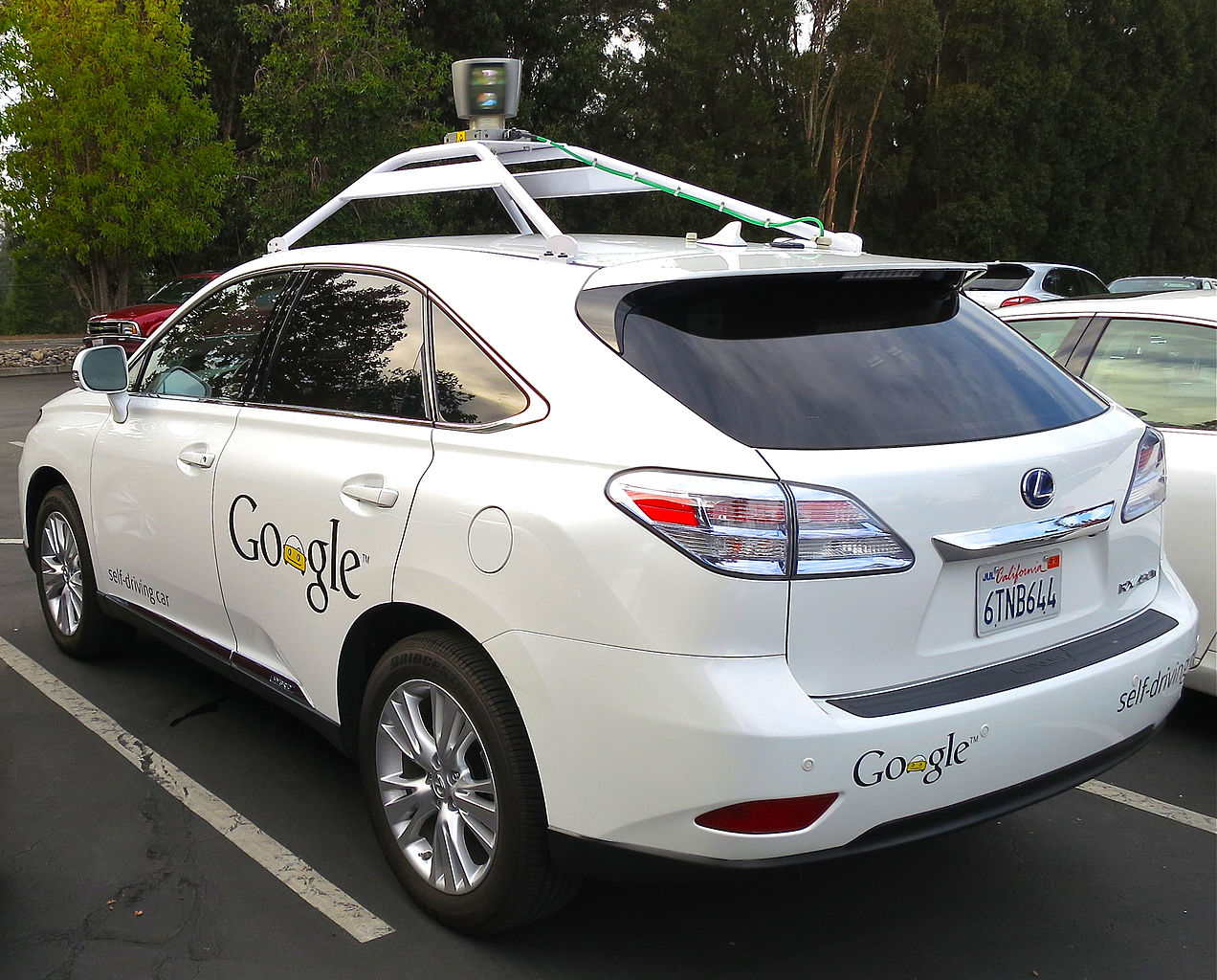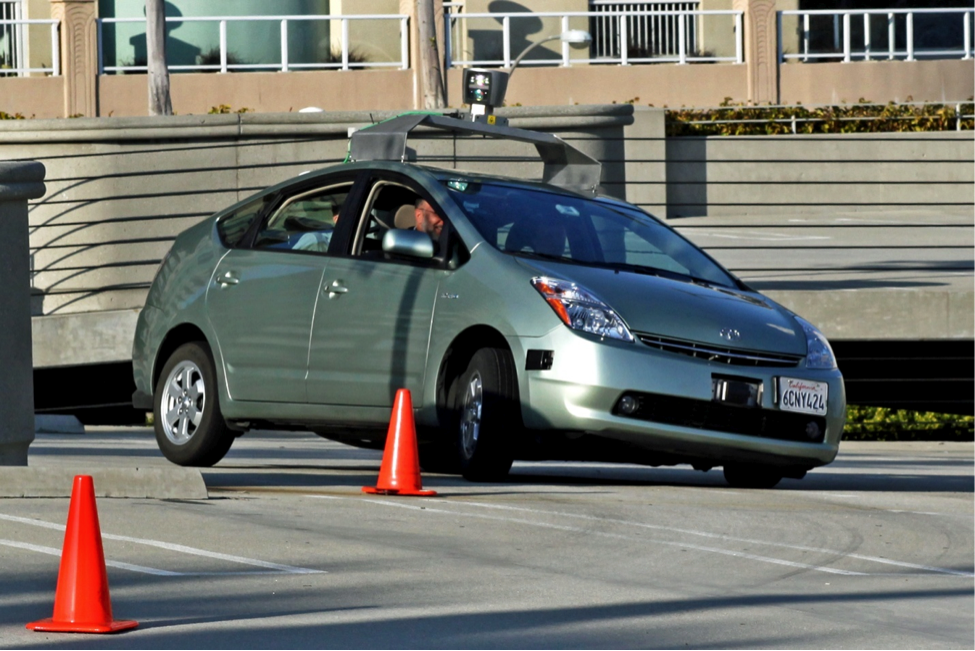Google’s Driverless Car Technology Reaches Testing Phase

Wouldn’t it be great if on the trip to the grocery store we could just lay back, lounging in the passenger seat and catching up on some reading or doing a crossword puzzle while our vehicle expertly and intelligently taxied us to our destination? The self-driving car has long been a dream of humanity, ever since the first automobile graced the road, but it’s always been just that – a dream.
Google, however, is getting dangerously close to making that dream a reality – with their driverless car technology now being tested on the roads of a handful of states in the U.S., could we be seeing autonomous cars on the road within the next decade? Let’s just say it would really blow the mind of your auto mechanic when your car drives itself in to get a tune-up!
Google Chauffeur
It’s nice to know that auto technician training can now propel you to success being employed by Google in developing the world’s first self-driving car – that’s definitely a sharp looking resume item! However, not much is known when it comes to the intricacies of Google’s self-driving software, Google Chauffeur.
What we do know is that the robotic cars are extremely expensive to build and house a lot of expensive equipment, including a sophisticated laser radar (LIDAR) system. Essentially how it works is that the LIDAR allows the car to generate an incredibly detailed 3D map of its surroundings. The car then cross-references these maps with high-res world maps. Using very advanced and obviously top secret algorithms from Google, it then produces several types of data models that allow the car to navigate itself through the environment.

The car even has data on the speed limits and traffic regulations of specific areas, meaning it’s able to obey traffic laws flawlessly. There have even been some studies that show that the self-driving car adheres to cyclists on the road better than human drivers, as it recognizes all the typical hand signals and is extra cautious. Also, like cruise control systems, the human driver is able to hit a pedal and jolt the car back into manual driving mode, in case anything starts to go awry. One test car has passed over 700,000 km accident free.
Check out this video of a visually impaired person taking a drive in one of Google’s cars:
Who Needs This Technology?
At first glance, it seems that this is nothing more than a lark, or a way to facilitate the laziness of people who simply don’t want to put in the effort of driving. Look closer, however, and you’ll see the many applications of this technology. From helping visually and aurally impaired people to run errands safely, to improving commuting and navigation, as well as improving the safety of the roads and reducing the chance of collision, the technology could have some real merits.
However, the realization and implementation into mainstream society and the general public is a long way off, and it doesn’t mean the end of manual driving, so calm your auto technician down. There are still years of development and testing ahead before this project gets the go-ahead, but it’s a step towards a safer and more efficient future of driving. Don’t worry – automotive racing and recreational driving will always be popular, no matter how good the robots get!

